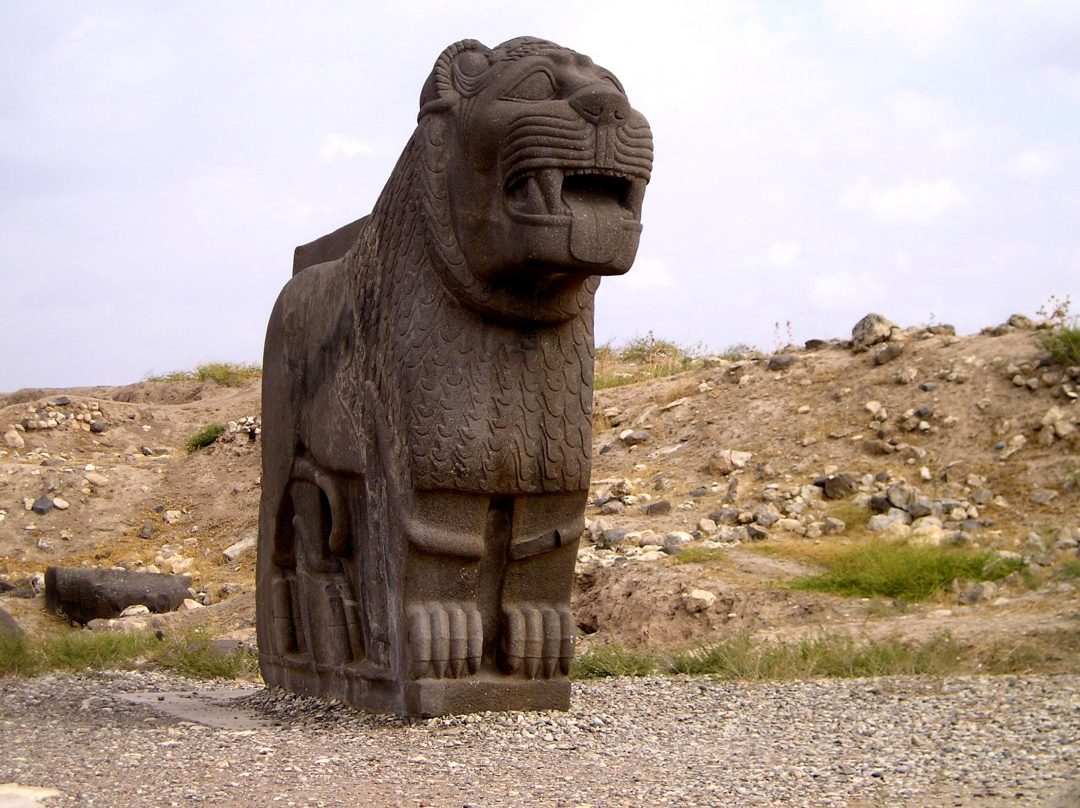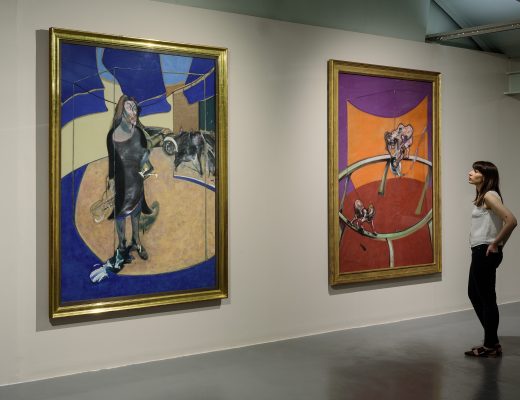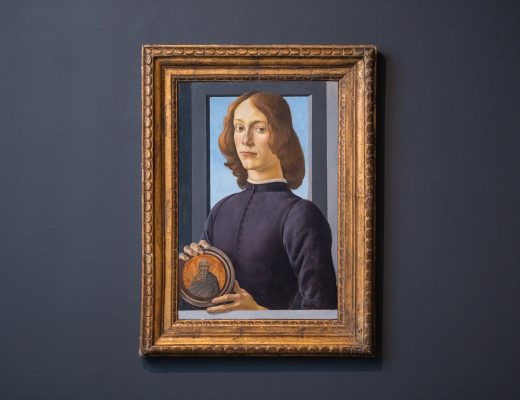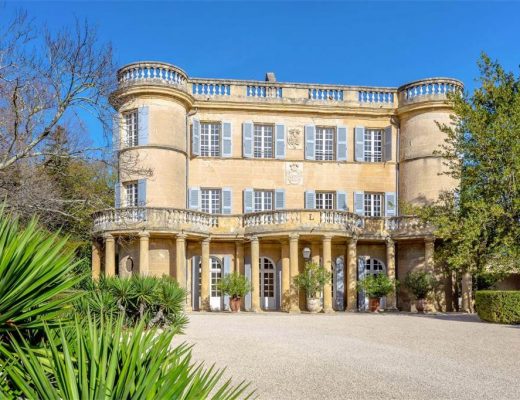Lost artifacts and relics that represent the culture and longstanding history of Syria have just now been safely recovered and brought to Syria’s capital city of Damascus thanks to the tireless efforts of the Syrian Government. Recent military exploits resulted in the recapturing of terrorist held areas where hundreds of artifacts belonging to the Syrian people were stashed. In addition to the retrieved artifacts from the recently liberated areas, artifacts have also been brought back from abroad and are planned to be placed in an exhibit at the Opera House in Damascus.
The number of artifacts are but a small fraction of the approximately 20,000 objects that were estimated by officials to have been returned since the beginning of the crisis in 2011. The 500 artifacts in this exhibition are meant to show visitors how close it was for these pieces of cultural significance to have been permanently lost. Artifacts of importance at the exhibition are those from the Roman period, a statue of the ancient Greek goddess of victory, Nike, and funerary statues of the ancient Syrian city of Palmyra.
The conflict in Syria has caused much damage to the country’s cultural heritage in the field of archaeology. Not only have some archaeological sites been thoroughly ruined by the Islamic State terrorist group, but other sites have been stripped of all artifacts and smuggled abroad and sold. Museums that could not remove the larger artifacts in time of their evacuation had to leave them behind, where they were later confirmed as missing without any trace. Progress in the recovery of these artifacts is steadily increasing; a statue that dates back to 200 A.D. was even recovered by Syrian soldiers from the office of a leader of a terrorist group formerly operating in eastern Ghouta, which is a suburb of Damascus.
From Byzantine church panels of the Bronze Age to jewelry belonging to the Roman era, the value of the artifacts on display at the exhibition are priceless, especially to the Syrian peoples’ heritage.




